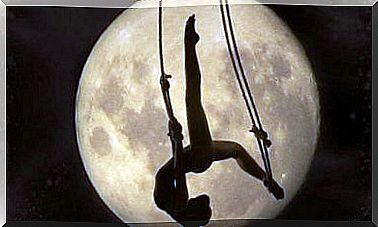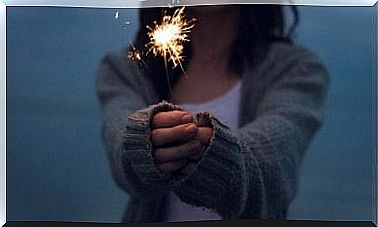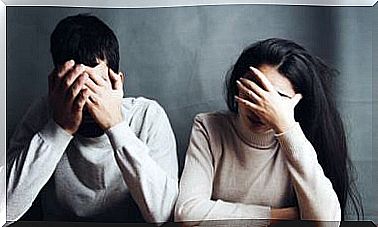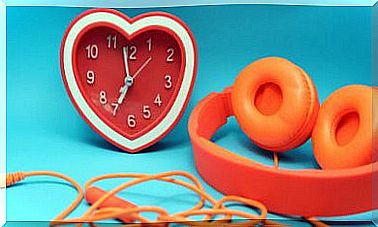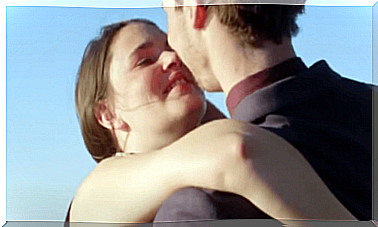Trypanophobia – The Fear Of Needles
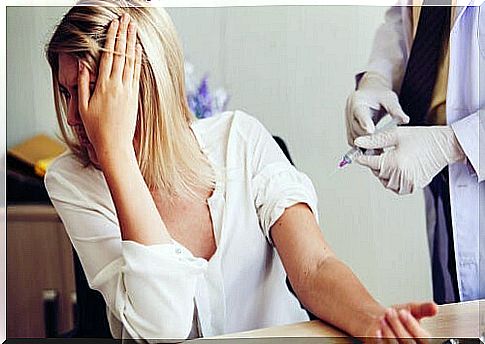
Trypanophobia or the fear of needles and injections can cause a routine checkup at the doctor to end in a nightmare. Fortunately, there is a treatment option for it.
You have a very special phobia when you suffer from trypanophobia, where you fear needles or injections. The fear of needles, for example, interferes with the daily life of those who suffer from it.
The limitations are innumerable because they would rather not have the necessary medical examinations. Many of them also refuse to become doctors or nurses because they cannot manage to treat injured people.
Trypanophobia appears in childhood around the age of seven to nine years. It looks like there is something genetic about it. For example, there is a high probability of suffering from it if one’s parents do too. Some very marked physical reactions also set this phobia apart from the rest. Doctors know it as a biphasic response.

What is a specific phobia?
One can say that a person suffers from a phobia when they exhibit an excessive irrational fear of certain things. But it can also be about a fear of certain situations. This person likes to avoid contact with these objects and situations.
It can also give them a feeling of discomfort. They will experience increasing anxiety just at the thought of getting close to what they fear.
People with trypanophobia experience anxiety at the sight of wounds, blood and needles. A phobic person will avoid coming into contact with these elements. In fact, they want to distance themselves from hospitals, clinics and even violent movies.
If they can not avoid the things they fear, it will trigger their anxiety. It can manifest itself in several ways: Dizziness, malaise, sweating and pale face. They can also faint! It happens quickly and will last for about 20 seconds, so the person recovers in no time. The question is just why is this happening?
Biphasic response
The most characteristic component of trypanophobia is the biphasic response. It occurs after exposure to the dreaded stimulus and manifests itself physically. There are two parts:
- There is an increase in the activity of the sympathetic nervous system. Because of this, blood pressure, respiration and heart rate will increase.
- Immediately after, there is a sharp drop in these parameters. It leads to dizziness and perhaps to fainting. This is what doctors call vasovagal syncope. The incidence of fainting in people with this phobia is about 50 – 80%. As you can see, it is quite significant.
What leads to trypanophobia?
- Sensitivity to discomfort. Some say that people with this phobia are more predisposed to discomfort. Thus, if they are exposed to the dreaded stimulus, their discomfort will be activated. It makes them dizzy along with the other symptoms and they will then faint.
- Hyperventilation. Hyperventilation occurs if you are exposed to the dreaded stimulus. They do this because it will help remove their discomfort. But it creates a deficit of carbon dioxide in the blood, which can lead to a partial or complete loss of consciousness.
- Sharpened attention. It seems that people with fear of needles have a greater attention paid to this. They are thus very adept at locating stimuli associated with their phobia. Thus, they tend to interpret them as being more threatening. This causes them to have a behavior where they want to avoid things.
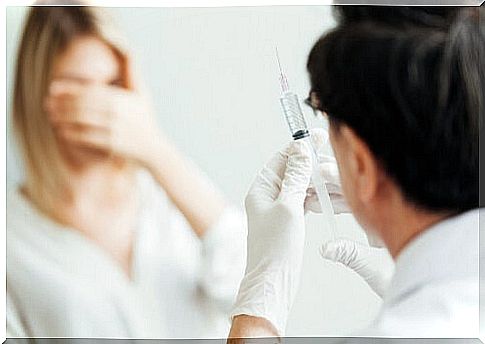
Treatment for trypanophobia
The two main focus areas in the treatments for this phobia are: Increased tension and exposure to the unwanted. The first is about avoiding fainting. It consists of tensing a group of muscles to increase the heart rate and avoid syncope. It is thus a simple and effective treatment because it increases the sense of control over the phobia of the individual.
Exposure to the unwanted is about a gradual introduction to the dreaded stimulus. They do so in such a way that they do not allow the response to avoid it. A person looks at bloody pictures and injuries such as wounds and injections. They have to stay in this situation until their anxiety subsides again.
Thus, when they no longer try to avoid it, they will realize how harmless it is and their anxiety will disappear.
We can conclude that this disorder clearly affects the person suffering from it. It is because of this that they avoid watching certain movies and fail to take certain educations. It even keeps them from getting close to injured people.
Above all, it makes the person unable to cope with any medical treatment that they may need. The good news is that those with psychological therapy can overcome this phobia and its limitations.
